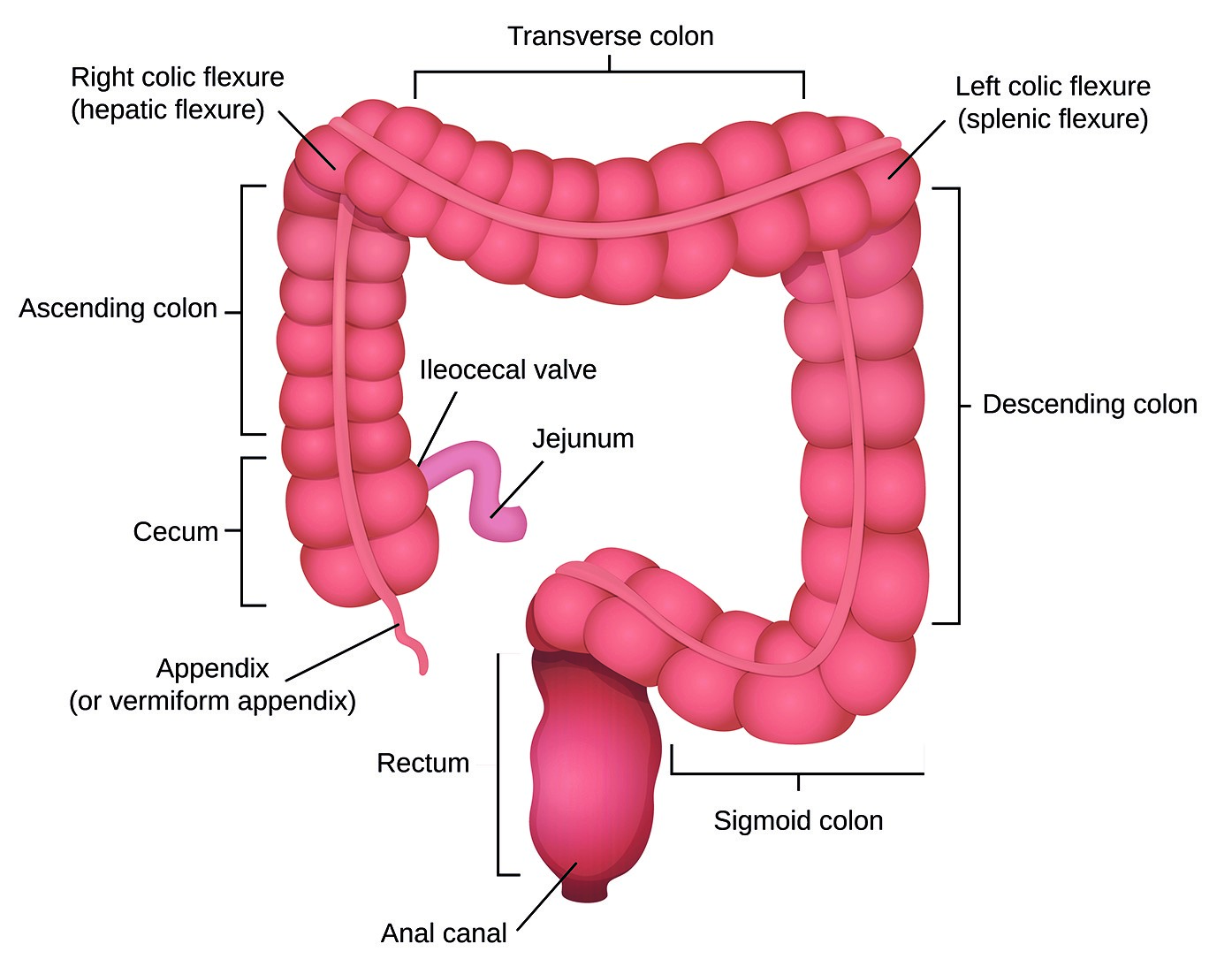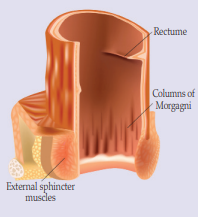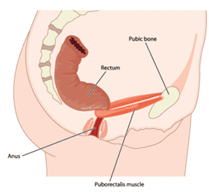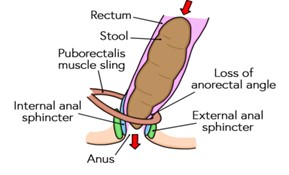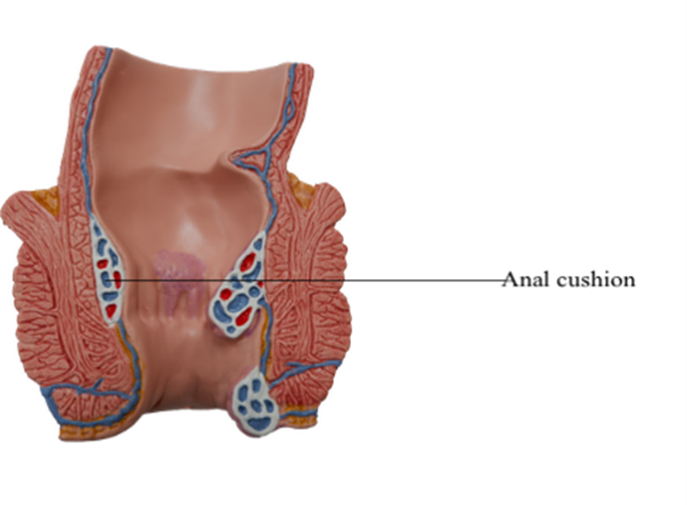References
Assmann SL, Keszthelyi D, Kleijnen J, et al (2022) Guideline for the diagnosis and treatment of Faecal Incontinence – A UEG/ESCP/ESNM/ESPCG collaboration. United European Gastroenterol J 10(3): 251-86
Benezech A, Bouvier M, Vitton V (2016) Faecal incontinence: current knowledges and perspectives. World J Gastrointest Pathophysiol 7(1): 59-71
Bliss DZ, Mimura T, Berghmans B, et al (2017) Assessment and conservative management of faecal incontinence and quality of life in adults. In: Abrams P, Cardozo L, Wagg A, Wein A, editors. Incontinence. 6th ed. International Continence Society, Bristol
Camilleri-Brennan J (2020) Introductory chapter. Challenges in the diagnosis and treatment of faecal incontinence. In: Current Topics in Faecal Incontinence. IntechOpen. Available online: https://www.researchgate.net/publication/341185132_Introductory_Chapter_Challenges_in_the_Diagnosis_and_Treatment_of_Faecal_Incontinence
Duelund-Jakobsen J, Worsoe J, Lundby L, Christensen P, Krough K (2016) Management of patients with faecal incontinence. Therap Adv Gastroenterol 9(1): 86-97
Harari D (2009) Faecal incontinence in older people. Rev Clin Gerontol 19(2): 87-101
International Continence Society (ICS) (2015) Fact Sheets. A Background to Urinary and Faecal Incontinence. Available online: https://www.ics.org/folder/82
National Institute of Clinical Excellence (NICE) (2014) Faecal incontinence in adults. Quality Standard 54. Available online: www.nice.org.uk/guidance/qs54
Norton C, Chelvanayagam S (2004) Bowel continence Nursing. Beaconsfield Publishers Ltd, Beaconsfield
Norton C, Whitehead WE, Bliss DZ, Harari D, Lang J (2010) Management of faecal incontinence in adults. Neurourol Urodyn 29(1): 199-206
Potter J, Peel P, Main S, et al (2007) National audit of continence care for older people: management of faecal incontinence. Age Ageing 36(3): 268-73
Royal College of Nursing (2019) Bowel care. Management of lower bowel dysfunction, including digital rectal examination and digital removal of faeces. Available online: https://www.rcn.org.uk/professional-development/publications/pub-007522
Salvatore S, Delancey J, Igawa Y, et al (2017) Pathophysiology of Urinary incontinence, Faecal Incontinence and Pelvic organ prolapse. In: Incontinence 6th edition. (Eds) Abrams P, Cardozo L, Wagg A, Wein A. ICUD ICS, Tokyo
Sbeit W, Khoury T, Mari A (2021) Diagnostic approach to faecal incontinence: what test and when to perform? World J Gastroenterol 27(15): 1553-62
Young J (2022) Assessment and management of faecal incontinence. J Community Nurs 36(2): 51–8
Benezech A, Bouvier M, Vitton V (2016) Faecal incontinence: current knowledges and perspectives. World J Gastrointest Pathophysiol 7(1): 59-71
Bliss DZ, Mimura T, Berghmans B, et al (2017) Assessment and conservative management of faecal incontinence and quality of life in adults. In: Abrams P, Cardozo L, Wagg A, Wein A, editors. Incontinence. 6th ed. International Continence Society, Bristol
Camilleri-Brennan J (2020) Introductory chapter. Challenges in the diagnosis and treatment of faecal incontinence. In: Current Topics in Faecal Incontinence. IntechOpen. Available online: https://www.researchgate.net/publication/341185132_Introductory_Chapter_Challenges_in_the_Diagnosis_and_Treatment_of_Faecal_Incontinence
Duelund-Jakobsen J, Worsoe J, Lundby L, Christensen P, Krough K (2016) Management of patients with faecal incontinence. Therap Adv Gastroenterol 9(1): 86-97
Harari D (2009) Faecal incontinence in older people. Rev Clin Gerontol 19(2): 87-101
International Continence Society (ICS) (2015) Fact Sheets. A Background to Urinary and Faecal Incontinence. Available online: https://www.ics.org/folder/82
National Institute of Clinical Excellence (NICE) (2014) Faecal incontinence in adults. Quality Standard 54. Available online: www.nice.org.uk/guidance/qs54
Norton C, Chelvanayagam S (2004) Bowel continence Nursing. Beaconsfield Publishers Ltd, Beaconsfield
Norton C, Whitehead WE, Bliss DZ, Harari D, Lang J (2010) Management of faecal incontinence in adults. Neurourol Urodyn 29(1): 199-206
Potter J, Peel P, Main S, et al (2007) National audit of continence care for older people: management of faecal incontinence. Age Ageing 36(3): 268-73
Royal College of Nursing (2019) Bowel care. Management of lower bowel dysfunction, including digital rectal examination and digital removal of faeces. Available online: https://www.rcn.org.uk/professional-development/publications/pub-007522
Salvatore S, Delancey J, Igawa Y, et al (2017) Pathophysiology of Urinary incontinence, Faecal Incontinence and Pelvic organ prolapse. In: Incontinence 6th edition. (Eds) Abrams P, Cardozo L, Wagg A, Wein A. ICUD ICS, Tokyo
Sbeit W, Khoury T, Mari A (2021) Diagnostic approach to faecal incontinence: what test and when to perform? World J Gastroenterol 27(15): 1553-62
Young J (2022) Assessment and management of faecal incontinence. J Community Nurs 36(2): 51–8

